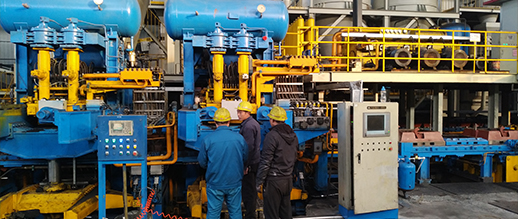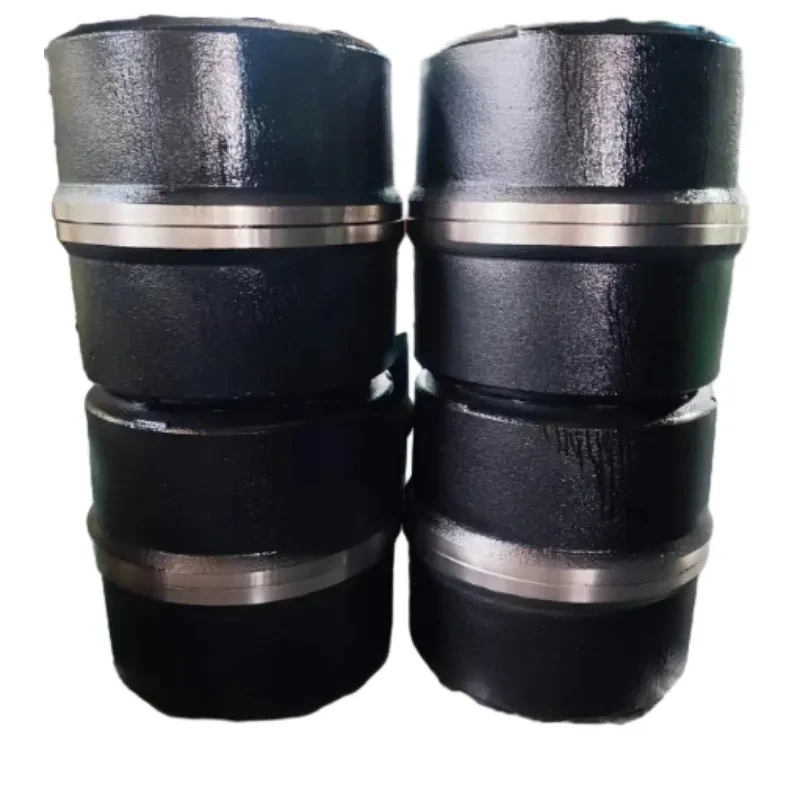
-
 Afrikaans
Afrikaans -
 Albanian
Albanian -
 Amharic
Amharic -
 Arabic
Arabic -
 Armenian
Armenian -
 Azerbaijani
Azerbaijani -
 Basque
Basque -
 Belarusian
Belarusian -
 Bengali
Bengali -
 Bosnian
Bosnian -
 Bulgarian
Bulgarian -
 Catalan
Catalan -
 Cebuano
Cebuano -
 Corsican
Corsican -
 Croatian
Croatian -
 Czech
Czech -
 Danish
Danish -
 Dutch
Dutch -
 Chingerezi
Chingerezi -
 Esperanto
Esperanto -
 Estonian
Estonian -
 Finnish
Finnish -
 French
French -
 Frisian
Frisian -
 Galician
Galician -
 Georgian
Georgian -
 German
German -
 Greek
Greek -
 Gujarati
Gujarati -
 Haitian Creole
Haitian Creole -
 hausa
hausa -
 hawaiian
hawaiian -
 Hebrew
Hebrew -
 Hindi
Hindi -
 Miao
Miao -
 Hungarian
Hungarian -
 Icelandic
Icelandic -
 igbo
igbo -
 Indonesian
Indonesian -
 irish
irish -
 Italian
Italian -
 Japanese
Japanese -
 Javanese
Javanese -
 Kannada
Kannada -
 kazakh
kazakh -
 Khmer
Khmer -
 Rwandese
Rwandese -
 Korean
Korean -
 Kurdish
Kurdish -
 Kyrgyz
Kyrgyz -
 Lao
Lao -
 Latin
Latin -
 Latvian
Latvian -
 Lithuanian
Lithuanian -
 Luxembourgish
Luxembourgish -
 Macedonian
Macedonian -
 Malgashi
Malgashi -
 Malay
Malay -
 Malayalam
Malayalam -
 Maltese
Maltese -
 Maori
Maori -
 Marathi
Marathi -
 Mongolian
Mongolian -
 Myanmar
Myanmar -
 Nepali
Nepali -
 Norwegian
Norwegian -
 Norwegian
Norwegian -
 Occitan
Occitan -
 Pashto
Pashto -
 Persian
Persian -
 Polish
Polish -
 Portuguese
Portuguese -
 Punjabi
Punjabi -
 Romanian
Romanian -
 Russian
Russian -
 Samoan
Samoan -
 Scottish Gaelic
Scottish Gaelic -
 Serbian
Serbian -
 Sesotho
Sesotho -
 Shona
Shona -
 Sindhi
Sindhi -
 Sinhala
Sinhala -
 Slovak
Slovak -
 Slovenian
Slovenian -
 Somali
Somali -
 Spanish
Spanish -
 Sundanese
Sundanese -
 Swahili
Swahili -
 Swedish
Swedish -
 Tagalog
Tagalog -
 Tajik
Tajik -
 Tamil
Tamil -
 Tatar
Tatar -
 Telugu
Telugu -
 Thai
Thai -
 Turkish
Turkish -
 Turkmen
Turkmen -
 Ukrainian
Ukrainian -
 Urdu
Urdu -
 Uighur
Uighur -
 Uzbek
Uzbek -
 Vietnamese
Vietnamese -
 Welsh
Welsh -
 Bantu
Bantu -
 Yiddish
Yiddish -
 Yoruba
Yoruba -
 Zulu
Zulu
Feb . 16, 2025 00:33
Bwererani ku mndandanda
drum brakes meaning
Drum brakes, a stalwart in the realm of vehicle braking systems, have long served as a pivotal component in ensuring road safety. Though the advent of disc brakes has overshadowed them in modern automobiles, understanding drum brakes is essential for automotive enthusiasts, mechanics, and vintage car collectors alike. This article delves into the intricacies of drum brakes, examining their function, advantages, and continued relevance in the automotive industry.
Despite these challenges, drum brakes hold particular appeal in commercial and utility vehicles where stopping power is not the primary concern. Trucks and buses, particularly those servicing urban areas, leverage drum brakes on rear axles, capitalizing on the robustness and longevity provided by their enclosed systems. Recent technological advancements have enhanced the functionality of drum brakes, thereby extending their applications. Innovations such as lightweight composite materials and improved friction linings have significantly ameliorated the heat dissipation issue. These developments have resulted in more efficient stopping power and better pedal feel, bridging some of the performance gaps with disc brakes. Moreover, drum brakes contribute to the growing realm of automotive restoration. Vintage car enthusiasts who aim to preserve the authenticity of their classic vehicles often choose to retain the original braking systems during restoration projects. This choice not only maintains historical accuracy but also offers an opportunity to engage with the heritage and engineering of a bygone automotive era. From an authoritative perspective, drum brakes continue to play a crucial role in the automotive industry. Regulatory standards and testing ensure that even traditional systems meet modern safety benchmarks. The enduring presence of drum brakes is a testament to their reliability when properly maintained, and their ability to adapt to modern standards proves their enduring value. Ultimately, while not as prevalent as disc brakes in new passenger vehicles, drum brakes command a specialized niche. They exemplify a perfect blend of cost, reliability, and robustness, meeting the braking needs of specific segments in the automotive market. For professionals and enthusiasts alike, drum brakes offer a rich history and a wealth of technical interest, making them a key topic of study within automotive mechanics and design. Understanding the nuances of drum brakes underscores not only their pragmatic applications but also their historical significance and contemporary adaptations in the automotive landscape.


Despite these challenges, drum brakes hold particular appeal in commercial and utility vehicles where stopping power is not the primary concern. Trucks and buses, particularly those servicing urban areas, leverage drum brakes on rear axles, capitalizing on the robustness and longevity provided by their enclosed systems. Recent technological advancements have enhanced the functionality of drum brakes, thereby extending their applications. Innovations such as lightweight composite materials and improved friction linings have significantly ameliorated the heat dissipation issue. These developments have resulted in more efficient stopping power and better pedal feel, bridging some of the performance gaps with disc brakes. Moreover, drum brakes contribute to the growing realm of automotive restoration. Vintage car enthusiasts who aim to preserve the authenticity of their classic vehicles often choose to retain the original braking systems during restoration projects. This choice not only maintains historical accuracy but also offers an opportunity to engage with the heritage and engineering of a bygone automotive era. From an authoritative perspective, drum brakes continue to play a crucial role in the automotive industry. Regulatory standards and testing ensure that even traditional systems meet modern safety benchmarks. The enduring presence of drum brakes is a testament to their reliability when properly maintained, and their ability to adapt to modern standards proves their enduring value. Ultimately, while not as prevalent as disc brakes in new passenger vehicles, drum brakes command a specialized niche. They exemplify a perfect blend of cost, reliability, and robustness, meeting the braking needs of specific segments in the automotive market. For professionals and enthusiasts alike, drum brakes offer a rich history and a wealth of technical interest, making them a key topic of study within automotive mechanics and design. Understanding the nuances of drum brakes underscores not only their pragmatic applications but also their historical significance and contemporary adaptations in the automotive landscape.
Zam'mbuyo:
Nkhani zaposachedwa
-
Rear Drum Brakes Maintenance TipsNkhaniAug.04,2025
-
Key Components Affecting Brake Drum FunctionNkhaniAug.04,2025
-
Important Inspection for Truck Drum BrakeNkhaniAug.04,2025
-
How to Prepare for Changing Rear Drum BrakesNkhaniAug.04,2025
-
Essential Tools for Cleaning Drum Brakes ProperlyNkhaniAug.04,2025
-
Brake Drum Function GuideNkhaniAug.04,2025
-
Safety Features of Red Brake DrumsNkhaniAug.01,2025
